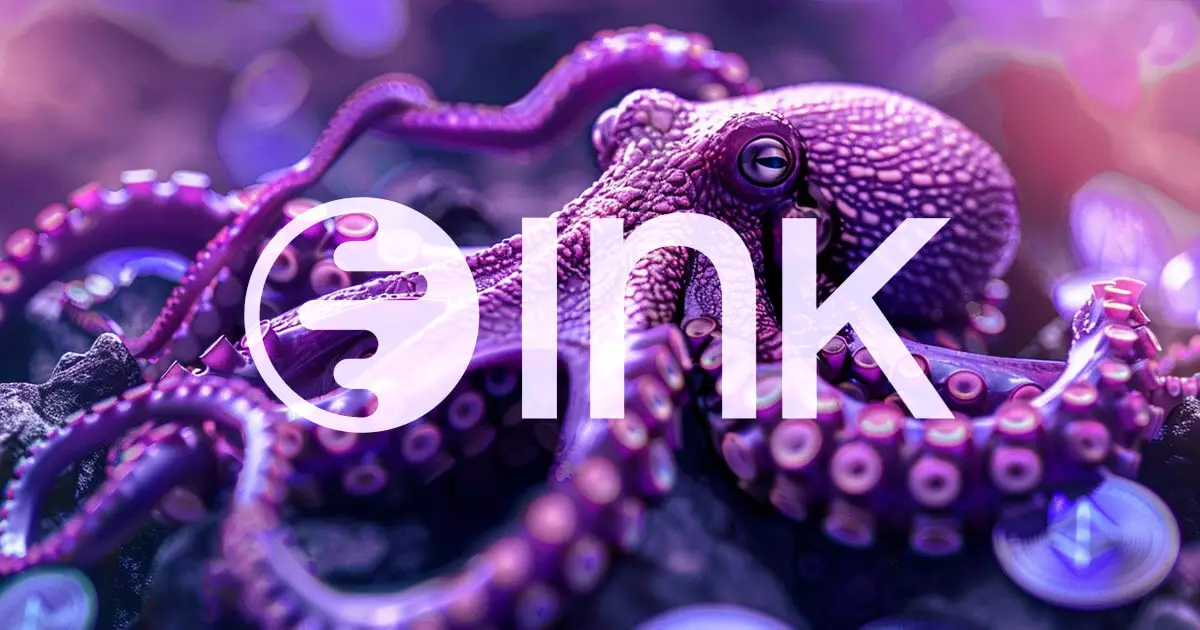In a groundbreaking announcement on October 24, Kraken, one of the prominent players in the cryptocurrency exchange arena, revealed its intention to launch Ink, a new layer-2 network on Ethereum, utilizing the Optimism Superchain infrastructure. This initiative marks a significant transformation from Kraken’s current centralized exchange model, aiming to empower users with the ability to trade, lend, and borrow tokens in a decentralized manner. Given the current landscape where decentralized finance (DeFi) is experiencing exponential growth, this move can be seen as a strategic pivot to align with the evolving demands of modern crypto users.
Ink’s founder, Andrew Koller, emphasized a community-centric approach, stating that the network intends to collaborate closely with developers and the user community to foster a robust ecosystem. This approach reflects a broader trend in the cryptocurrency industry, where transparency and community engagement have become pivotal for success. By fostering such collaborations, Ink seeks to create an adaptive platform that evolves with user needs, potentially positioning itself as a preferred choice for those looking to engage with DeFi seamlessly.
Kraken’s decision to base Ink on the Optimism Superchain is indicative of its commitment to security and scalability. By leveraging Ethereum’s established security model, Ink aims to attract users who prioritize the safety of their assets in an environment notorious for volatility and risk. Additionally, being part of the Superchain network allows Ink to benefit from shared governance and values, enhancing its credibility in the eye of potential users. This strategic choice underscores a competitive edge as Kraken continues to navigate a market fraught with challenges.
The forthcoming testnet set to be released later this year will provide developers with the opportunity to experiment and innovate on the Ink platform. A full rollout for both retail and institutional users is projected for the first quarter of 2025, indicating Kraken’s commitment to a well-structured launch that capitalizes on initial community feedback. As part of its broader ambitions, Kraken recently introduced kBTC—an innovative wrapped Bitcoin product that bolsters its DeFi offerings. This, combined with the integration of EigenLayer for ETH restaking, signifies Kraken’s dedication to enhancing its ecosystem and solidifying its position in the competitive landscape.
Despite the enthusiasm surrounding the launch of Ink, it is crucial to acknowledge the existing competition in the layer-2 space, notably Arbitrum, which has maintained a dominant position according to recent data. However, Ink’s unique approach could carve out a niche for itself within the DeFi space, especially if it manages to attract users with its innovative features and community-driven ethos. Additionally, as major entities like Coinbase and Uniswap also integrate similar technologies, Ink’s entry could not only elevate Kraken’s market presence but also contribute to a more expansive and diverse DeFi ecosystem.
Kraken’s entry into the decentralized landscape with Ink represents both an exciting opportunity and a challenge. With a focus on community collaboration, enhanced security, and user-centric products, Ink could potentially redefine how users interact with DeFi, further entwining Kraken’s legacy with the future of blockchain technology.

